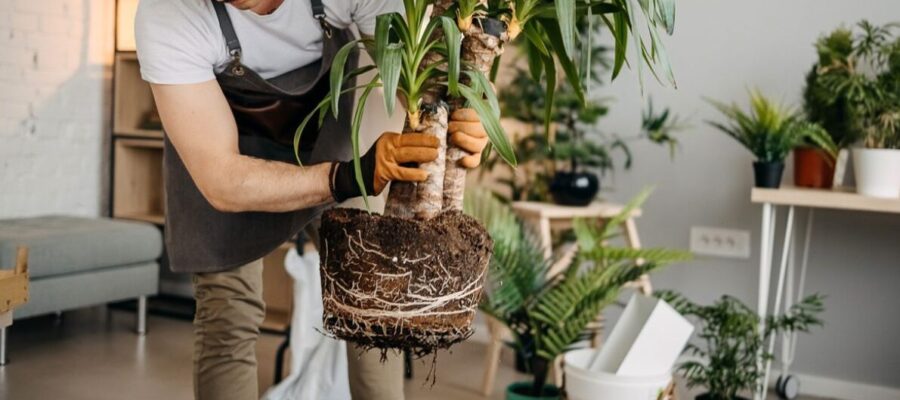Plants have been a fundamental part of human growth and today it is difficult to imagine living without plants around us. However, there are many myths and beliefs about them. Today we will clarify some of these myths and show reality on plants ..
Myth 1: plants do not communicate.
Contrary to what you might think, it's really true! Plants emit sounds. A new study from the University of Tel Aviv has discovered that plants emit sounds to a frequency that can feel bats, rats or insects, but not human. The team of researchers used advanced sound acquisition techniques and confirmed that the Plants emit sounds when they are subject to situations. stress, as lack of water or cut/pruning. Fascinating, right?

Myth 2: talking to plants helps you grow.
There are no scientific studies that confirm that talking to plants stimulates their growth directly. Studies have shown that plants respond positively to certain stimuli such as music and that this can influence growth levels, which means that they produce more time and seem healthier. In nature, the song of the birds and the wind are natural stimulants.
Myth 3: plants grow only in direct sunlight.
While light is essential for photosynthesis, not all plants need direct sunlight to survive. Some plant species adapt to low light conditions. And it can thrive in shaded environments, such as the Izz plant (Zamioculca).
Myth 4: all plants are harmless.
Plants offer numerous advantages, but it is also important to recognize it Some plants can be toxic or harmful to health. Some species, such as Adelfa NeriumThey contain toxins that can cause skin irritations, allergic reactions or even death if they are ingested. Therefore, it is essential to inform us about the plants we acquire and be careful when we meet unknown species. If you have pets, always look for plants.pets«, Find out more here.
Myth 5: plants are only decorative.
It is known that plants make a simple space a more beautiful and more pleasant place, but its importance goes well beyond simple decoration. Plants contribute to environmental balance by producing oxygen, reducing air pollution and providing habitats for countless organisms. They also play a crucial role in food production, providing support for humans and animals and are the source of precious drugs that make up the basis of modern pharmaceutical products.
Myth 6: plants for bedroom deprive us of oxygen.
They steal, but it doesn't matter! To understand the myth according to which to have plants is bad, it is necessary to understand how a plant survives. All plants, in the photosynthesis process, absorb carbon dioxide and release oxygen conversion of solar energy into chemical energy. It is in this process that CO2 (carbon dioxide), water and sunlight uses to produce used sugars such as «food» uses. However, in the absence of light, as it occurs during the night, the photosynthesis process is interrupted and even reversed: the plants begin to use the sugars they obtain through photosynthesis and oxygen, to convert them into energy, a process called breathing . Breathing releases energy from vegetable sugars and the plant releases CO2 and water.
In fact, a plant can take oxygen from the air and release carbon dioxide, but the quantities are very small, especially if compared to those produced by an adult and therefore are not harmful. Some plants, called «plants that clean», can even absorb harmful substances and improve the air of the place where they are. For example, we have: Spathyhyllum (Lirio de la Paz), Chlorofite Comosus (chlorophyll), three -fascinated Sansevieria (São Jorge Sword), etc.
By clarifying the myths and knowing reality on plants, we can have a better understanding of their role in our life and in the environment. Surely you will no longer have reasons for not having plants at home. Visit our online store and ask yours now. We will be here to solve any questions or question.
Latest items published

How to cook winter radishes?

FLOWER CLOVE-MARITIMA ARMERIA: Cultivation and care

The importance of bees for pollination

The final guide on how to plant, take care and discover the origin of Coleonema

The wisdom of the garden: the influence of popular proverbs on the plantation and the care of natural flowers

Let's discover the rose and its secrets: the May plant

Friar Kiss – Balsamin Family

Amarilis – Learn to take care (Hippeastrum Hybridum)

CHANTRIERI NOC – The bat flower has flowers resemble the bats


